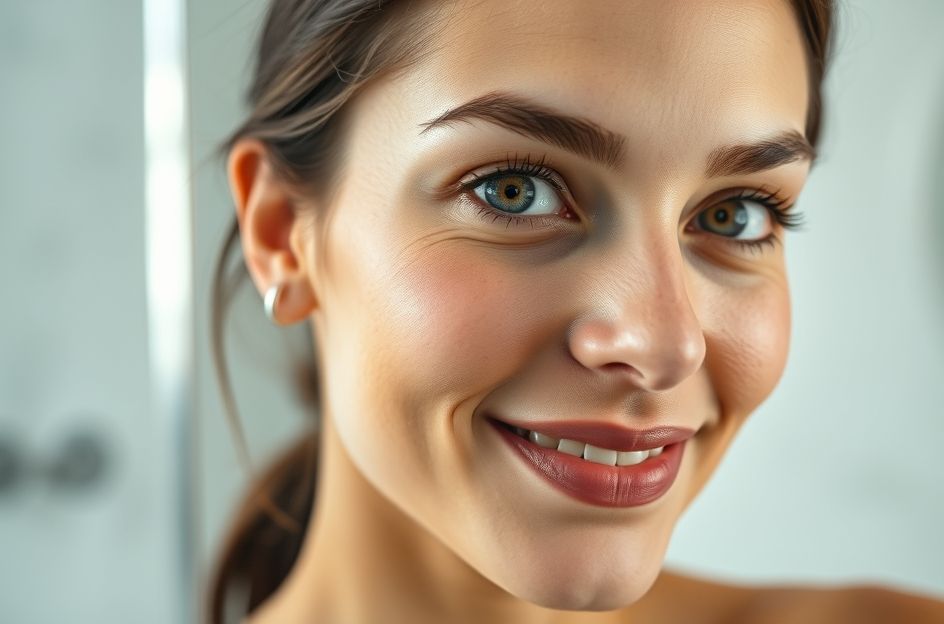While acne is often associated with adolescence, many adults experience breakouts well into their 30s, 40s, and beyond. These blemishes can be frustrating, but understanding the causes of adult acne is the first step toward achieving clearer skin.
Hormonal imbalances are a primary culprit. While hormone levels are expected to stabilize with age, fluctuations can still occur, particularly in women during pregnancy or menstruation. If you suspect hormonal imbalances, consulting a doctor is advisable.
Diet and hydration also play a significant role. While the direct link between diet and acne is debated, many individuals find that consuming junk food and not drinking enough water triggers breakouts. Personal experience often provides valuable insights into these connections. Keeping a food diary and tracking your skin’s reaction can be helpful.
Hair loss can also indicate underlying hormonal shifts, particularly in men. Women experiencing both hair loss and breakouts should consult a physician to determine if a connection exists.
Beyond these factors, stress, certain medications, and skincare products can also contribute to adult acne. Careful attention to lifestyle and skincare choices can often reveal manageable causes.
Tracking your mood, diet, and overall well-being can help you identify potential triggers. Sometimes, simply listening to your body provides valuable clues. If you suspect hormones are involved, consider other signs of imbalance, such as severe premenstrual syndrome. Addressing these underlying issues may improve both PMS and acne symptoms.
Adult acne differs from adolescent acne in that it’s less likely to be solely related to surface-level hygiene. While cleansing your face is essential, breakouts often signal internal imbalances that require a more holistic approach. Your skin reflects your internal health, making it essential to address underlying issues for long-term clarity.
